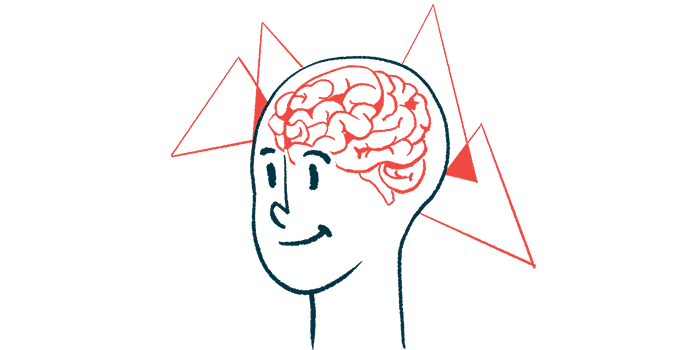AI-Powered Device JOGO-Gx May Ease Tremors

JOGO-Gx, a device powered by an artificial intelligence-driven mobile app and wearable sensors, has shown early positive signs as a method to lessen motor symptoms in people with Parkinson’s disease.
According to JOGO Health, the company that owns JOGO-Gx, using the device at least twice a week led to a reduction in 70% of tremors in Parkinson’s patients participating in a clinical trial.
“JOGO-Gx has reduced my tremors considerably. I am able to sleep better after using JOGO-Gx before going to bed. I rarely need to take my sleep medication anymore,” Hugh Fitzpatrick, who has used JOGO-Gx for about a month, said in a press release.
The trial, being conducted in collaboration with UK-based Parkinson’s People, will follow approximately 40 patients with Parkinson’s living in the U.S. and U.K. for three months and assess their experiences with the device.
“We are delighted to work with JOGO on their initial trial with People with Parkinson’s to see who can benefit from the JOGO-Gx digital solution. It’s proving to help alleviate symptoms such as tremors,” said Russ Bradford, co-founder, along with his wife Charlotte, of the Parkinson’s People.
JOGO-Gx aims to enhance the central nervous system’s (CNS, brain and spinal cord) capacity to restructure or rewire itself — a concept called neuroplasticity. This is an important feature of the brain, through which it can reorganize its neuronal pathways — the large scale of intertwined circuits that connect nerve cells.
To achieve this, the device, worn on the wrist, uses the feedback it receives from muscles and the nerve cells that control them (motor neurons). This reaction is measured by electromyography sensors, which can measure the nerve’s activity.
“JOGO-Gx taps into the natural neuroplasticity of the central nervous system (CNS) using electromyographic (EMG) biofeedback. Think of neuroplasticity as GPS. In a traffic jam, you will be redirected to reach your destination. Same happens in the brain, where alternate neuronal pathways are created to gain control over affected muscles,” said Gary Krasilovsky, PhD. Krasilovsky is the chief scientific officer of JOGO Health and a researcher who has been studying neuroplasticity for more than 40 years.
“By training the brain to relax via biofeedback, we are able to help patients control their tremors naturally. JOGO-Gx is non-invasive and does not emit electric signals,” he added.
“We know that people living with Parkinson’s need to tackle their symptoms on a personal level, and this is something JOGO-Gx can offer. The device could also possibly help with pain and incontinence, which are other Parkinson’s symptoms,” Bradford added.
“The real benefit would be that JOGO-Gx does not require taking more medication, and could even help people reduce the medication they’re currently prescribed.” he said.







